Lawn order: landscape designer Alex Hanazaki brings a dose of Brazil to Berlin

At the Internationale Gartenausstellung (IGA) 2017 in Berlin, training architect and landscaper Alex Hanazaki was invited to design a permanent garden that would bring a dose of Brazil to East Berlin.
São Paulo-based Hanazaki – who is Brazilian with Japanese ancestry – chose to communicate the complexity urban life in Brazil through the design. ‘I intentionally diverged from Brazilian stereotypes, such as carnival, football or banana trees and tried to make people have a deeper knowledge of what we have in Brazil. A multicultural, cosmopolitan country, but pairing it with our greatest natural richness, our flora,’ he says.
To wit, Hanazaki drew from a diverse palette of influences, as well as the history of landscape design in his homeland: ‘Brazil is a country that started to spread its landscape design aesthetics thanks to Roberto Burle Marx. It absorbs different influences because of the great mixture of cultures coming from German, Dutch, Japanese, Italian and many other backgrounds,’ he says.
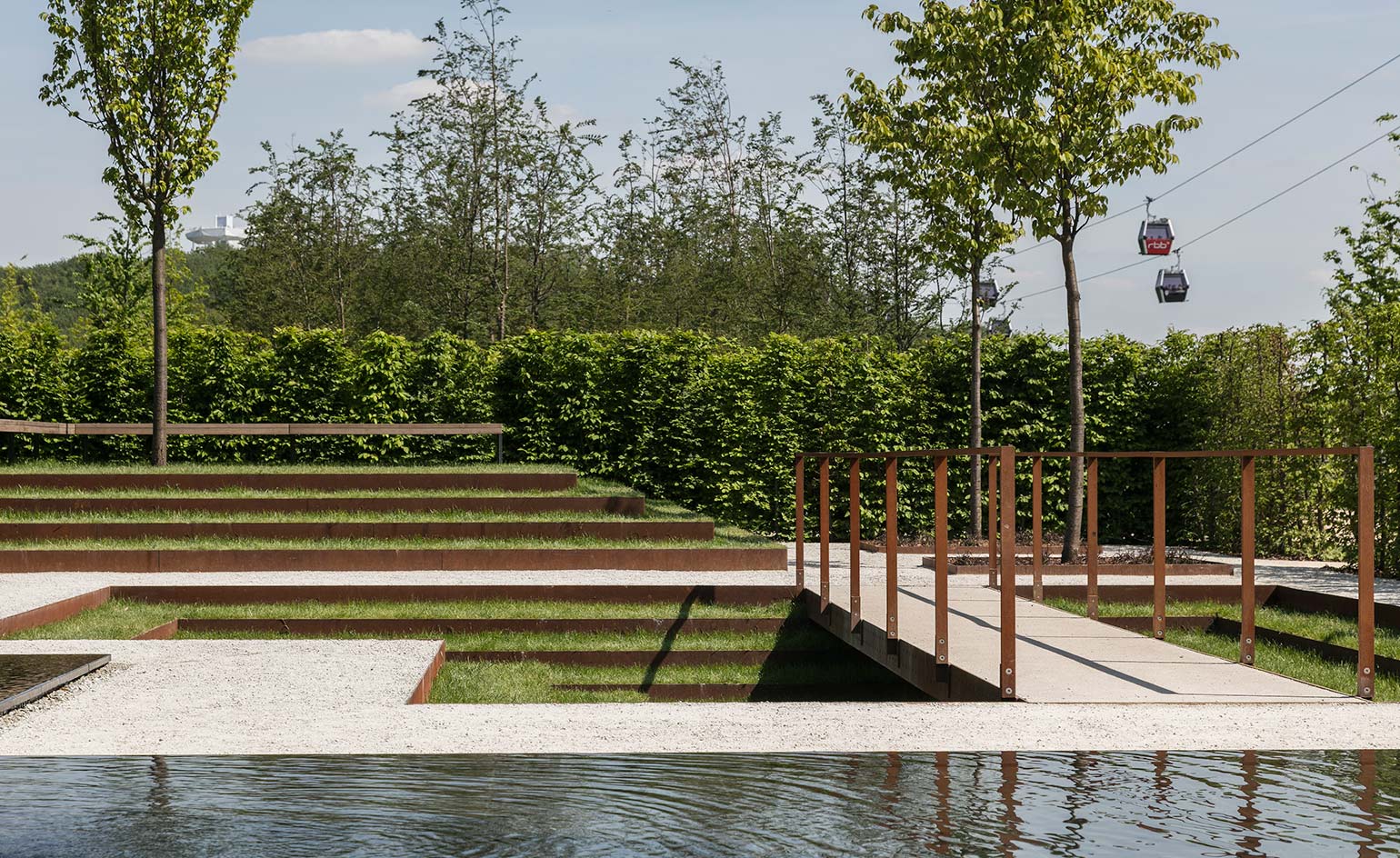
Hanazaki drew cultural inspiration from Brazil, where he is from and based, and his Japanese ancestry
Yet he didn’t have free reign completely: ‘The climate in Berlin was one of our biggest limitations to design a garden typically Brazilian. No tropical plant would survive the climate of the city.’ Instead he chose resilient plants found in abundance across the country, such as cherry trees, grasses and bamboos, although not typicallly symbolic of Brazil.
Other materials such as basalt paving stones with a rusty finish (very common in Brazil), and Corten steel for the walls and bridges complement the deep greens of the fauna. The structured design is a cosmopolitan response to nature and this linear and minimal layout follows in the purity of Hanazaki’s body of work.
‘These elements play a role as powerful, architecturally speaking, as the plants selected for this project,’ he says of the surfaces, levels and bold geometry of the design. ‘Our work is architectural, minimalist and influenced by modernism, inspired by names like Walter Gropius, Mies Van der Rohe and Paulo Mendes da Rocha.’
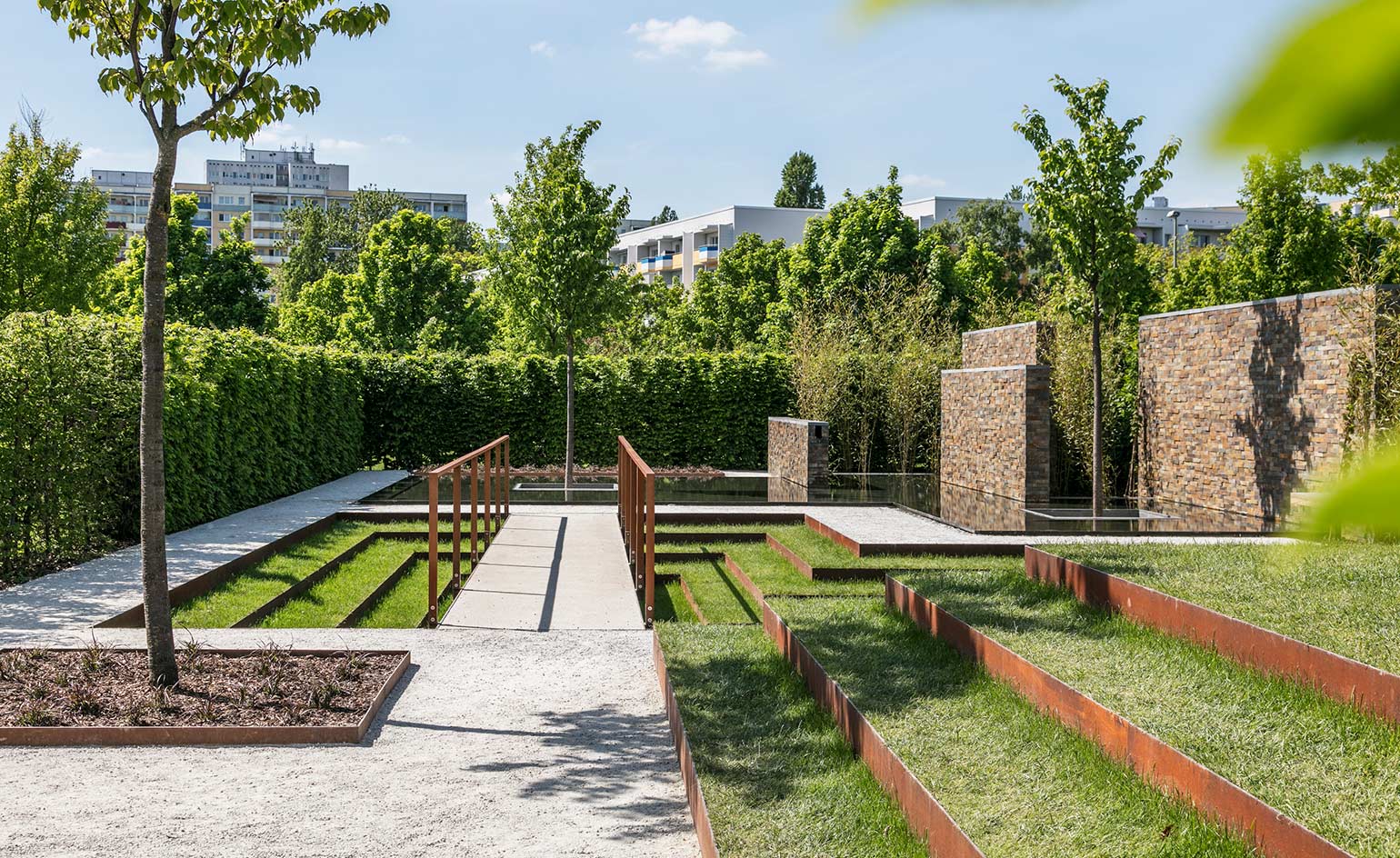
Hanazaki’s Berlin garden has a strong aesthetic
While he has worked across the world from New York’s High Line to London’s Hyde Park, this garden is Hanazaki’s first project in Berlin, which he describes as a ‘vivid and evocative’ city and where he was concerned to create a public space with the aim to improve quality of life and integrate people with nature.
‘It is a scenic and contemplative garden, where the order of levels, elements and purity of the lines could bring a soothing, silent and peaceful mood to the visitor,’ he responds, when questioned on how a visitor would feel inside the garden. ‘I also wanted them to understand a little bit more of this big mixture in Brazil, inherited from the union of all people and many cultures that live here.’
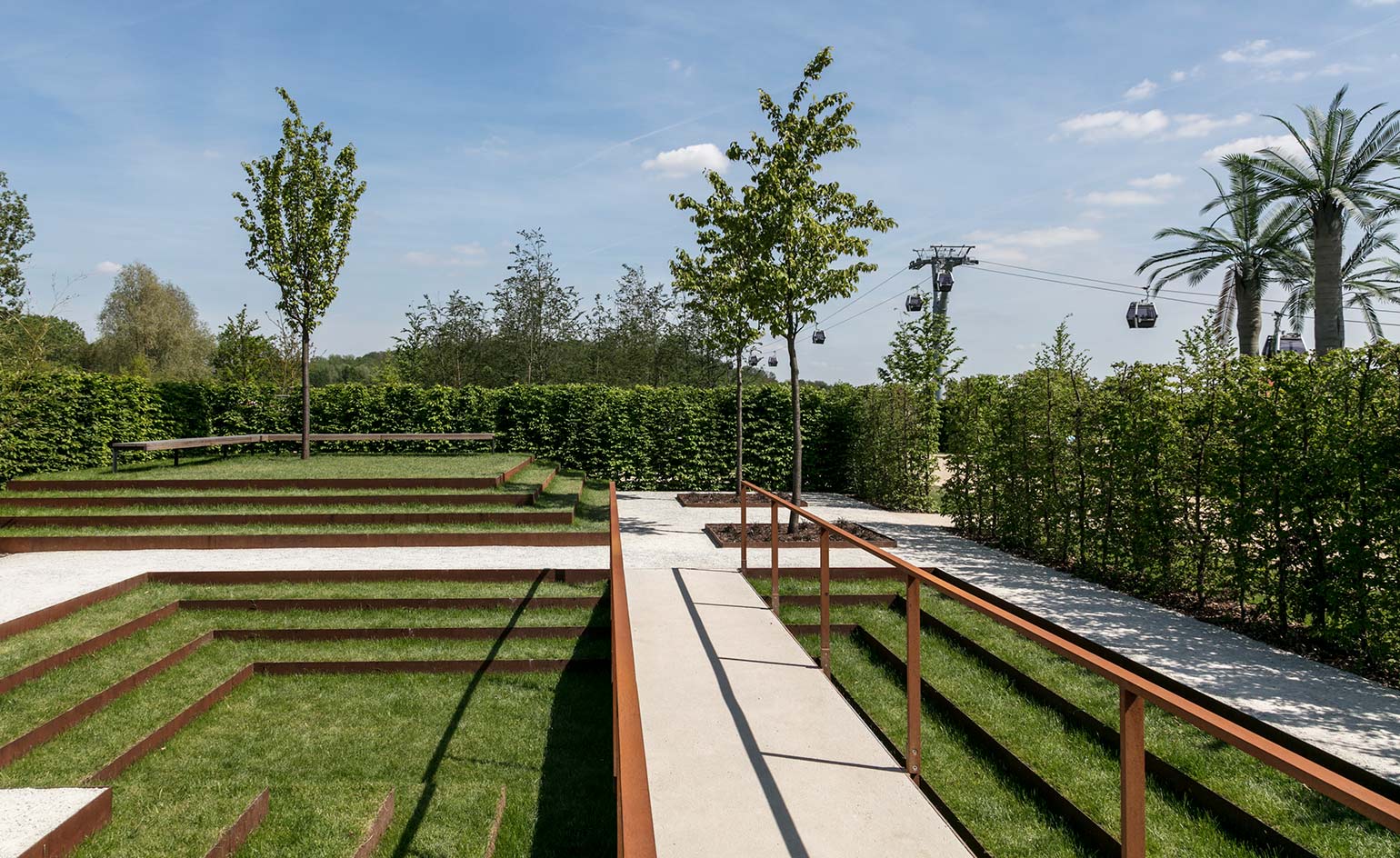
Plants found in abundance in Brazil such as cherry trees, bamboo and grasses have been chosen by Hanazaki for the garden

Water shapes the public space into a calming environment

The basalt stone has a rusty finish and can be found widely in Brazil
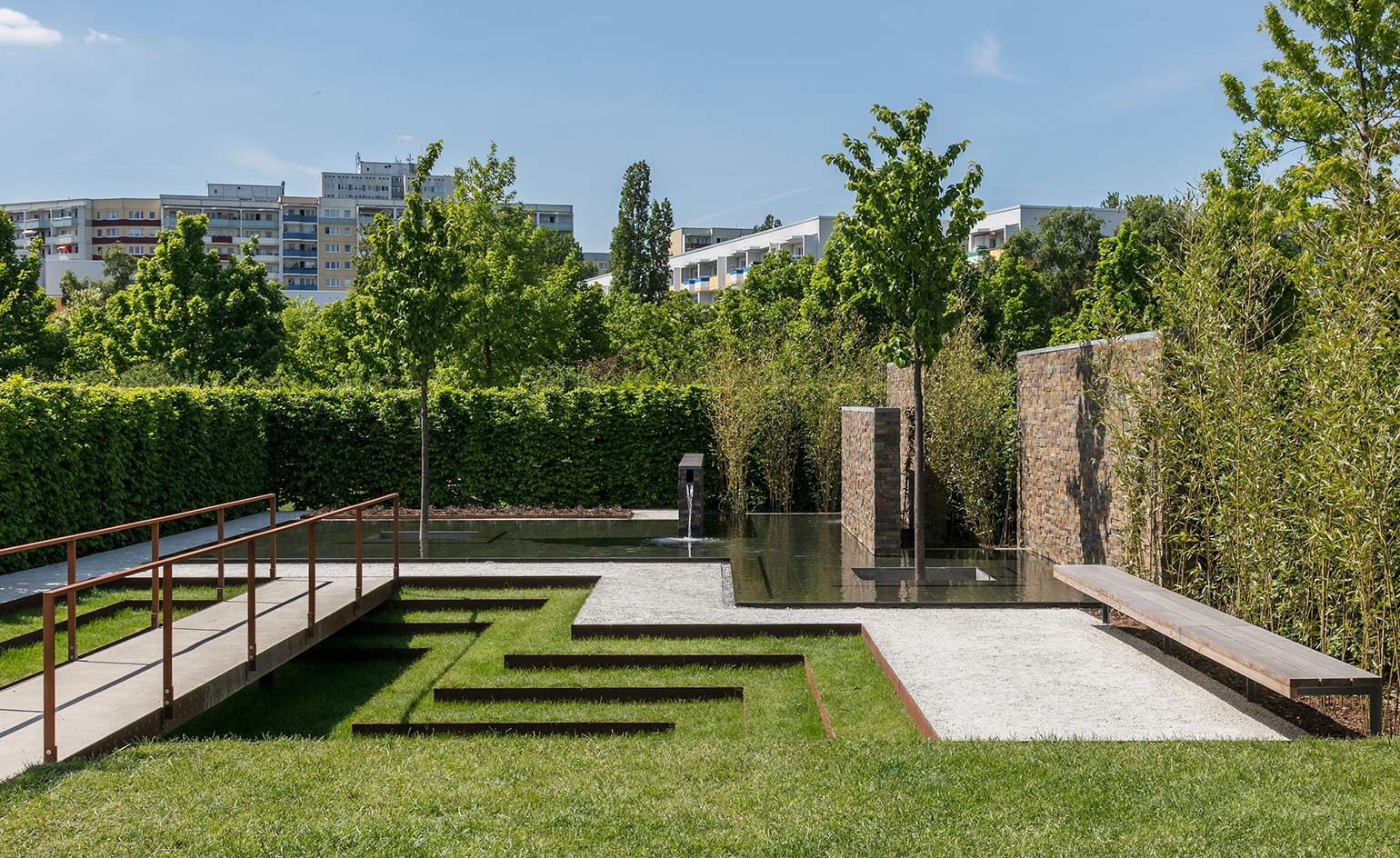
The bold geometry of basalt stone and Corten steel adds balance to the deep green colours of the flora
INFORMATION
For more information, visit the Alex Hanazaki website
Receive our daily digest of inspiration, escapism and design stories from around the world direct to your inbox.
Harriet Thorpe is a writer, journalist and editor covering architecture, design and culture, with particular interest in sustainability, 20th-century architecture and community. After studying History of Art at the School of Oriental and African Studies (SOAS) and Journalism at City University in London, she developed her interest in architecture working at Wallpaper* magazine and today contributes to Wallpaper*, The World of Interiors and Icon magazine, amongst other titles. She is author of The Sustainable City (2022, Hoxton Mini Press), a book about sustainable architecture in London, and the Modern Cambridge Map (2023, Blue Crow Media), a map of 20th-century architecture in Cambridge, the city where she grew up.
-
 How We Host: Interior designer Heide Hendricks shows us how to throw the ultimate farmhouse fête
How We Host: Interior designer Heide Hendricks shows us how to throw the ultimate farmhouse fêteThe designer, one half of the American design firm Hendricks Churchill, delves into the art of entertaining – from pasta to playlists
-
 Arbour House is a north London home that lies low but punches high
Arbour House is a north London home that lies low but punches highArbour House by Andrei Saltykov is a low-lying Crouch End home with a striking roof structure that sets it apart
-
 25 of the best beauty launches of 2025, from transformative skincare to offbeat scents
25 of the best beauty launches of 2025, from transformative skincare to offbeat scentsWallpaper* beauty editor Mary Cleary selects her beauty highlights of the year, spanning skincare, fragrance, hair and body care, make-up and wellness
-
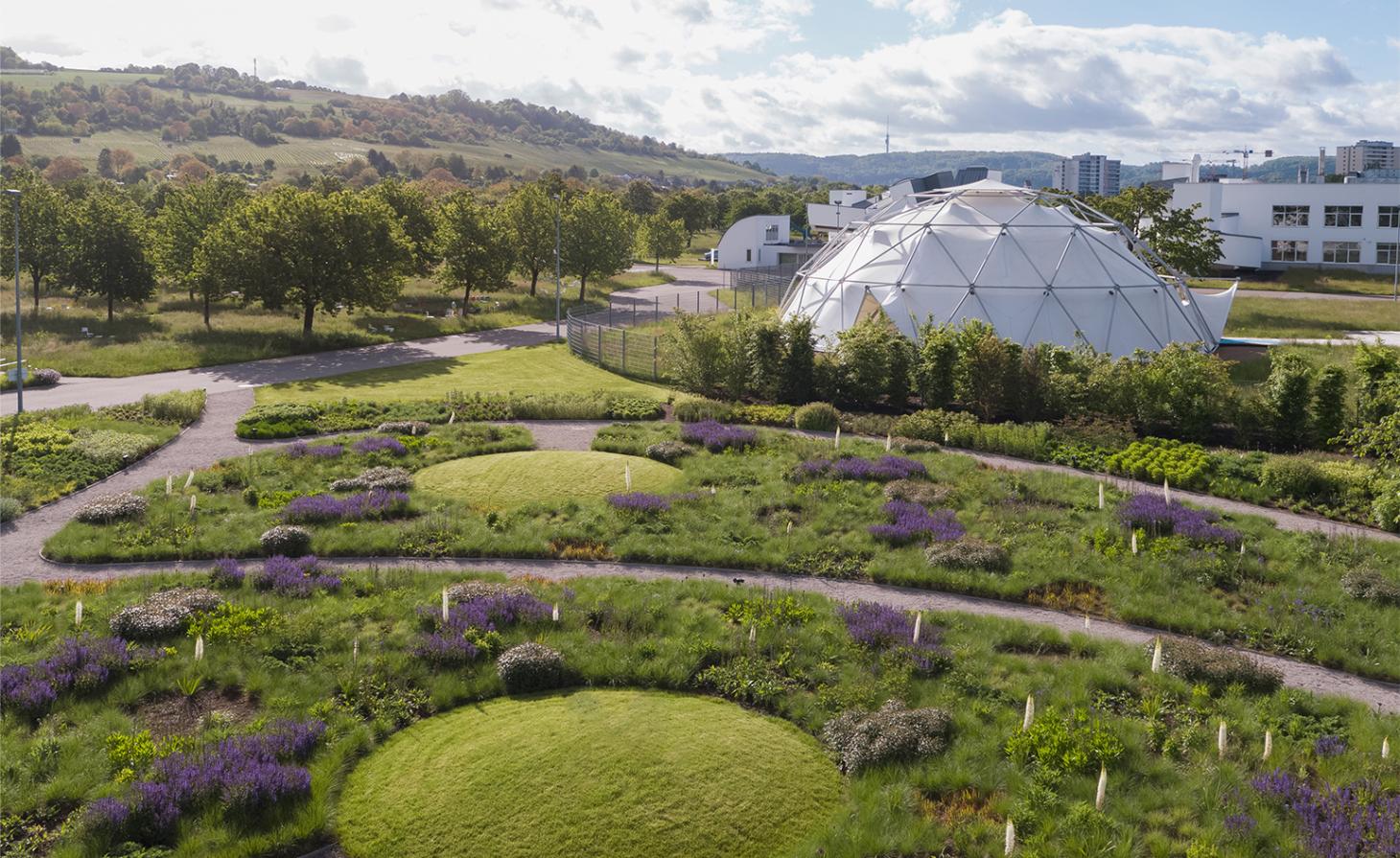 Piet Oudolf is the world’s meadow-garden master: tour his most soul-soothing outdoor spaces
Piet Oudolf is the world’s meadow-garden master: tour his most soul-soothing outdoor spacesPiet Oudolf is one of the most impactful contemporary masters of landscape and garden design; explore our ultimate guide to his work
-
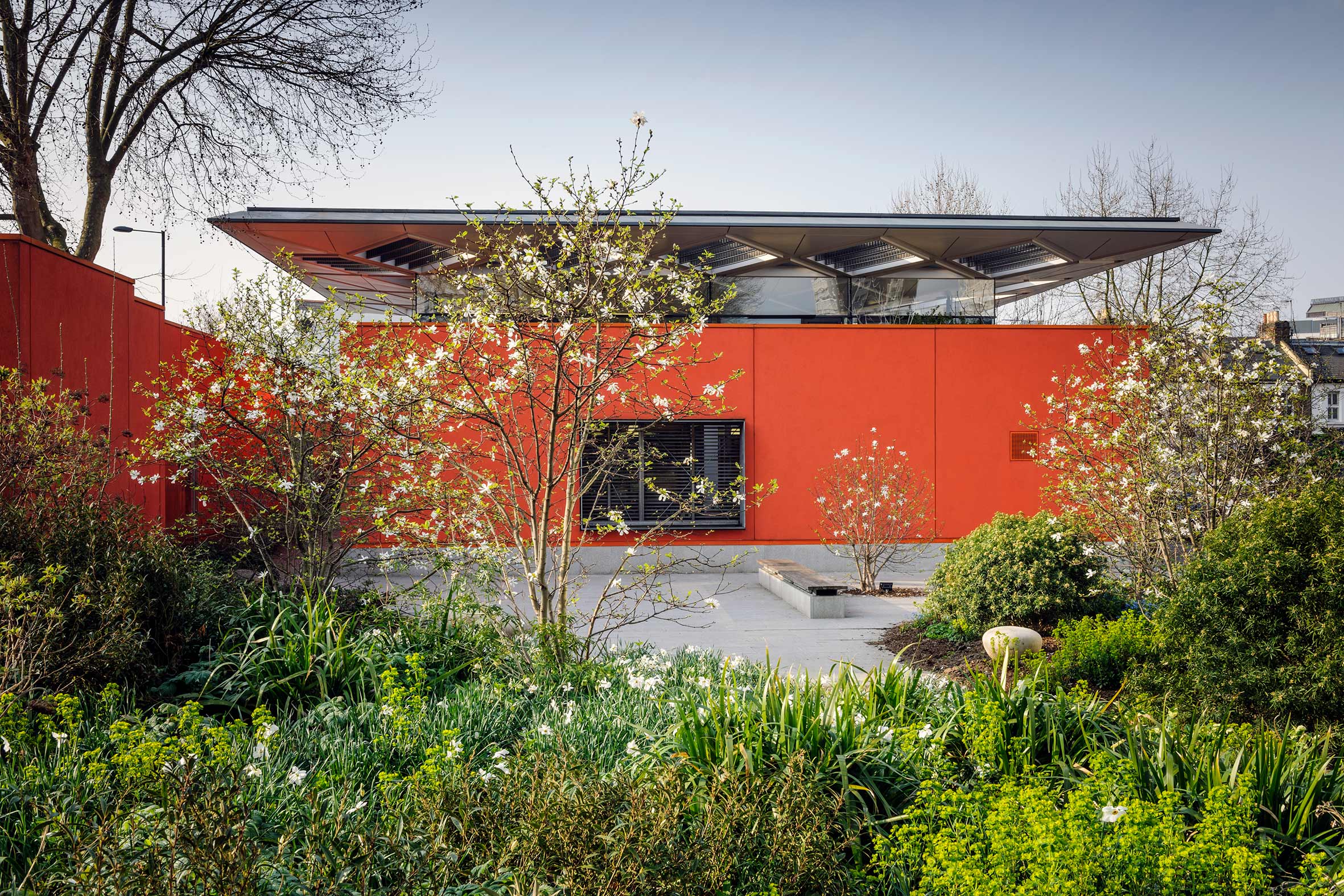 How Maggie’s is redefining cancer care through gardens designed for healing, soothing and liberating
How Maggie’s is redefining cancer care through gardens designed for healing, soothing and liberatingCancer support charity Maggie’s has worked with some of garden design’s most celebrated figures; as it turns 30 next year, advancing upon its goal of ‘30 centres by 30’, we look at the integral role Maggie’s gardens play in nurturing and supporting its users
-
 Honouring visionary landscape architect Kongjian Yu (1963-2025)
Honouring visionary landscape architect Kongjian Yu (1963-2025)Kongjian Yu, the renowned landscape architect and founder of Turenscape, has died; we honour the multi-award-winning creative’s life and work
-
 ‘Landscape architecture is the queen of science’: Emanuele Coccia in conversation with Bas Smets
‘Landscape architecture is the queen of science’: Emanuele Coccia in conversation with Bas SmetsItalian philosopher Emanuele Coccia meets Belgian landscape architect Bas Smets to discuss nature, cities and ‘biospheric thinking’
-
 Explore the landscape of the future with Bas Smets
Explore the landscape of the future with Bas SmetsLandscape architect Bas Smets on the art, philosophy and science of his pioneering approach: ‘a site is not in a state of “being”, but in a constant state of “becoming”’
-
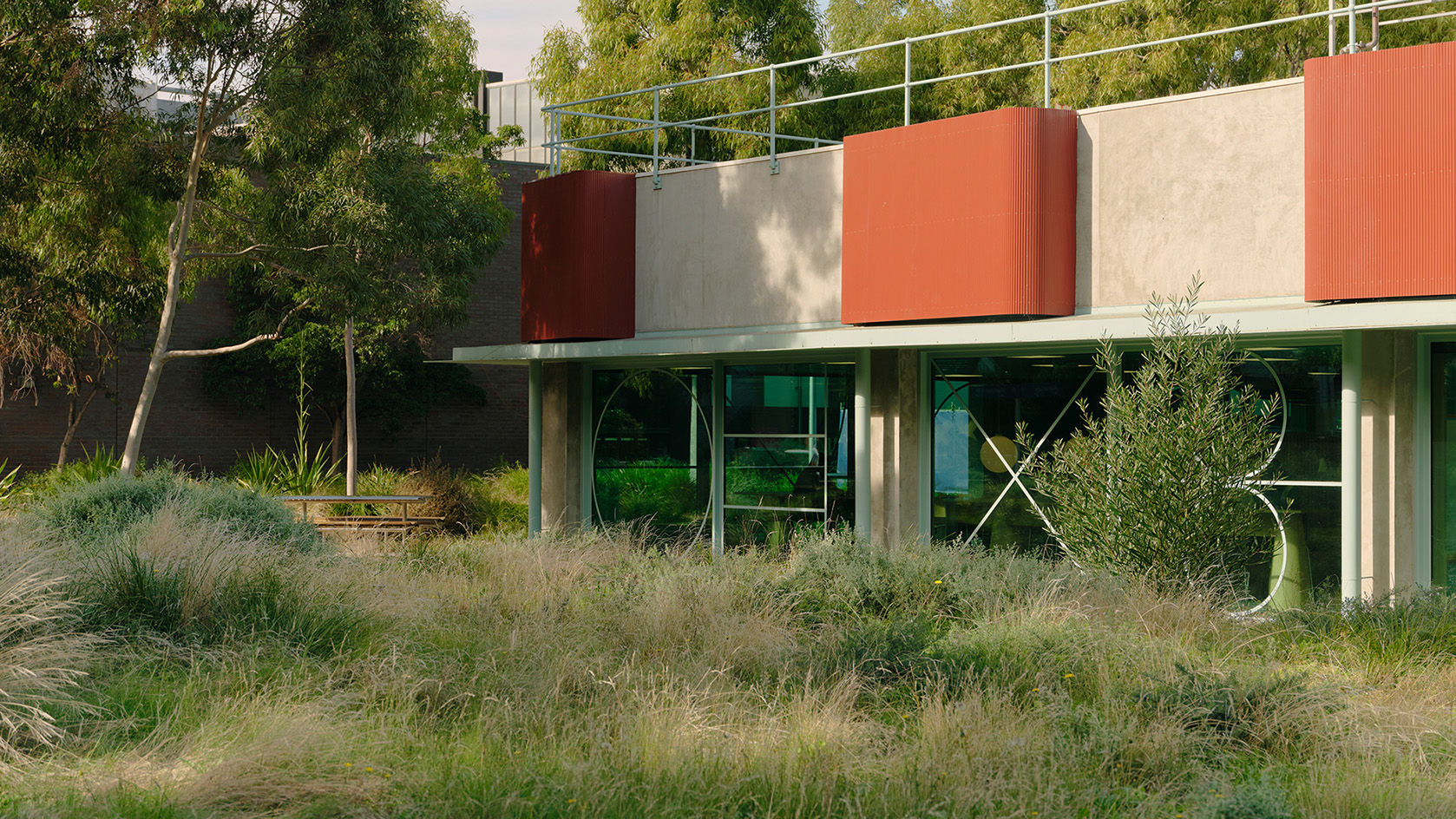 10 landscape architects to know now: the ultimate directory
10 landscape architects to know now: the ultimate directoryThe Wallpaper* 2025 Landscape Architects’ Directory spotlights the world's most exciting studios, each one transforming the environment around us with projects that celebrate nature in design
-
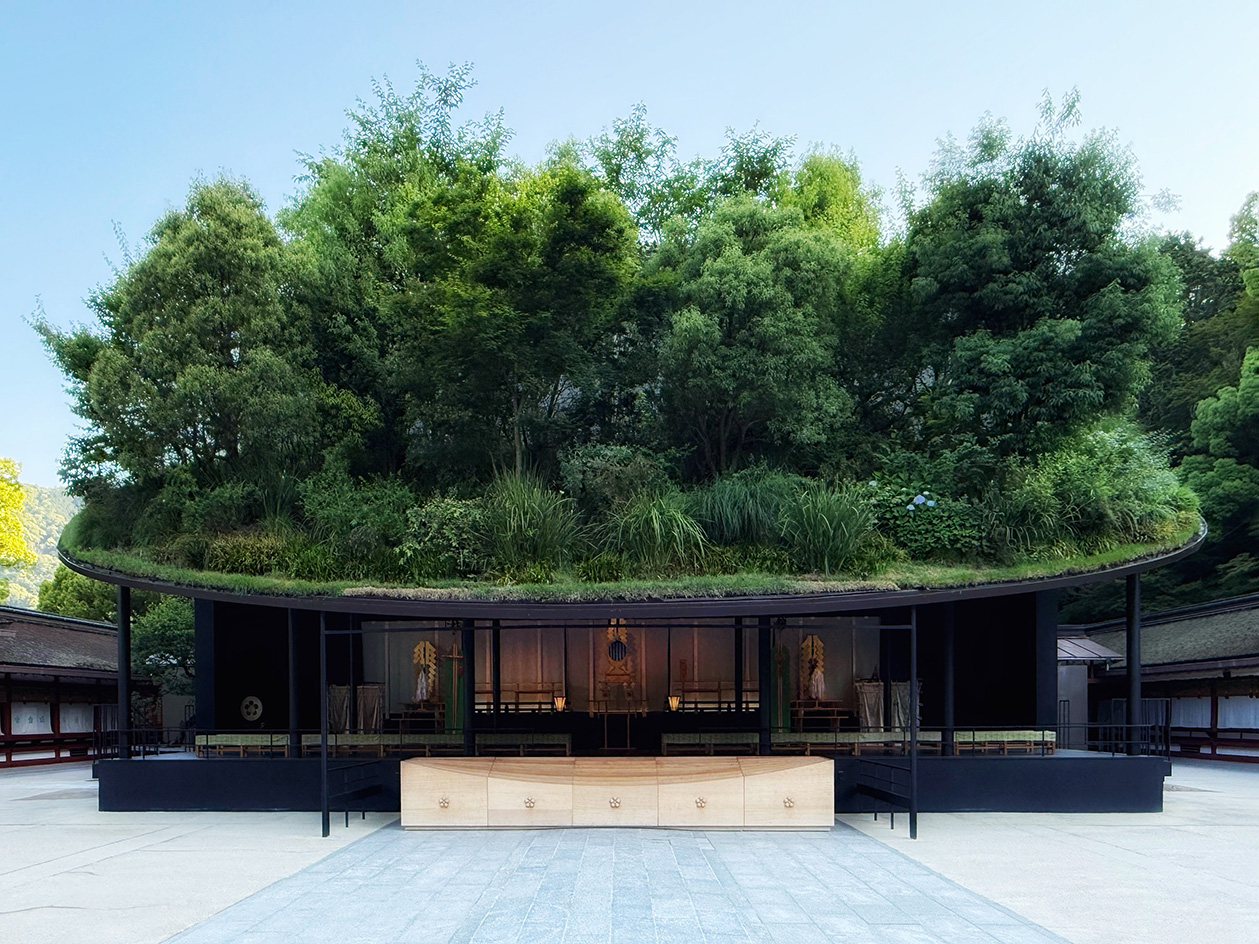 Landscape architect Taichi Saito: ‘I hope to create gentle landscapes that allow people’s hearts to feel at ease’
Landscape architect Taichi Saito: ‘I hope to create gentle landscapes that allow people’s hearts to feel at ease’We meet Taichi Saito and his 'gentle' landscapes, as the Japanese designer discusses his desire for a 'deep and meaningful' connection between humans and the natural world
-
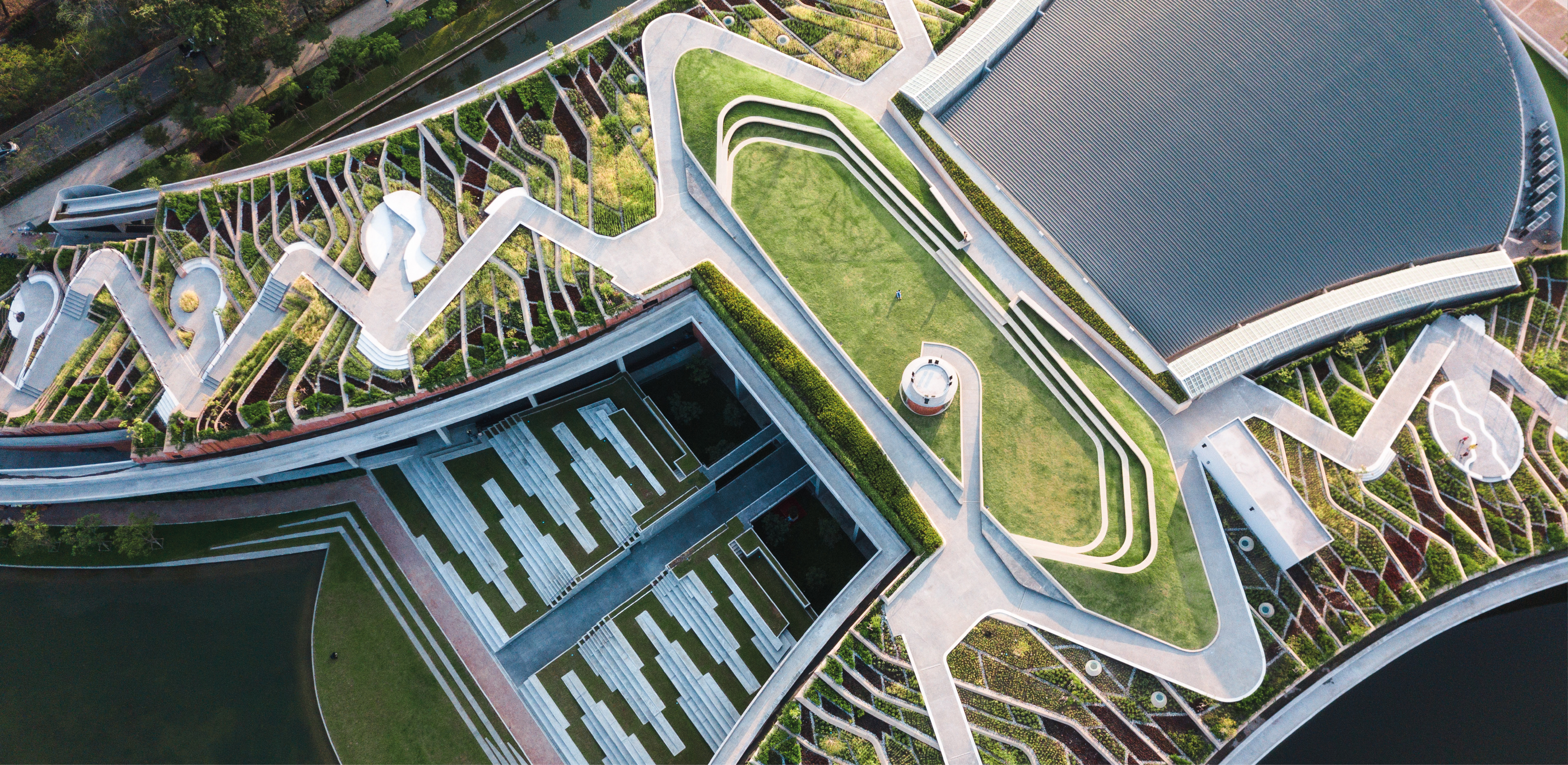 Meet Kotchakorn Voraakhom, the Thai force in landscape architecture
Meet Kotchakorn Voraakhom, the Thai force in landscape architectureAlongside her studio Landprocess and network Porous City, Thai landscape architect Kotchakorn Voraakhom is on a mission to make Bangkok a model of climate resilience